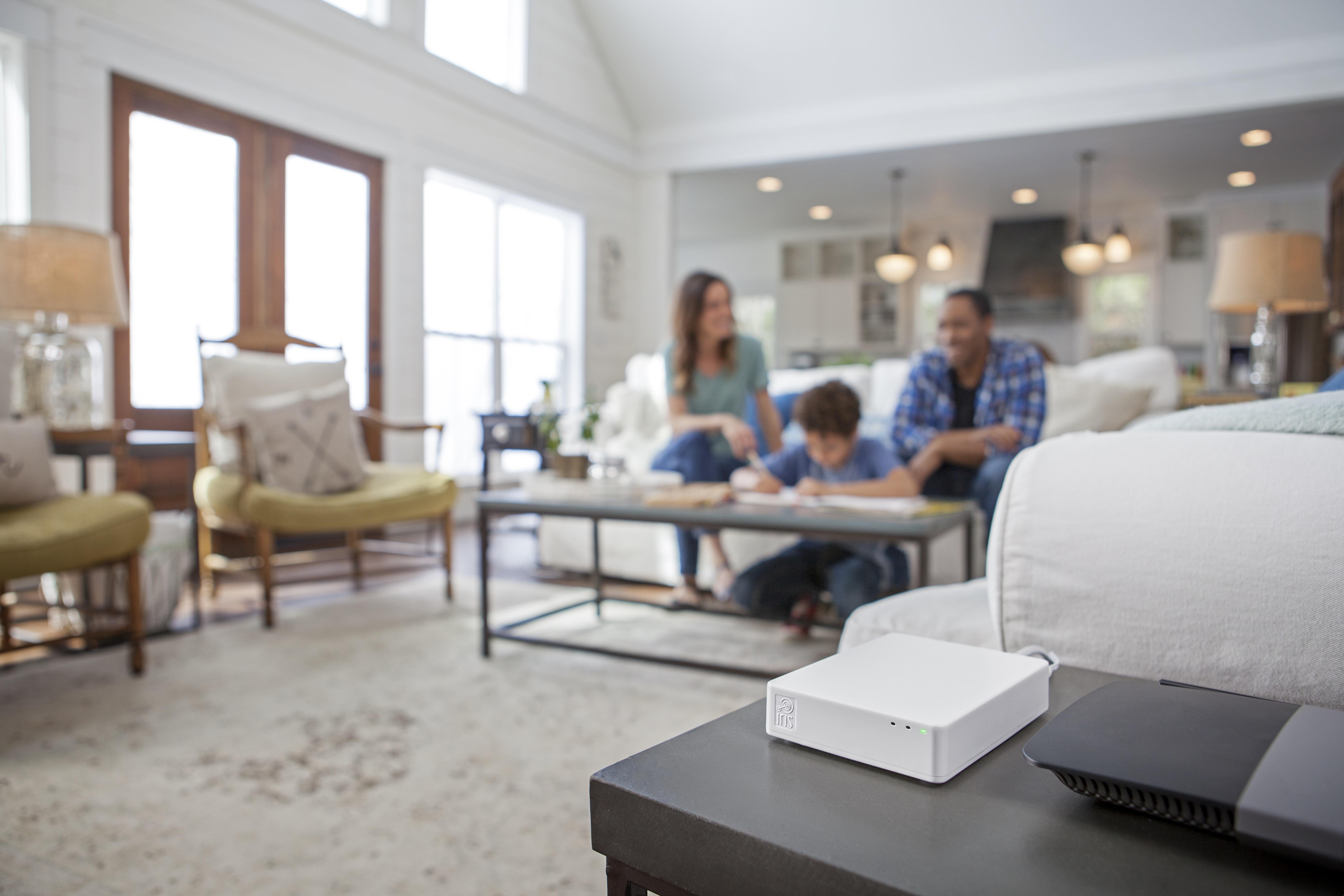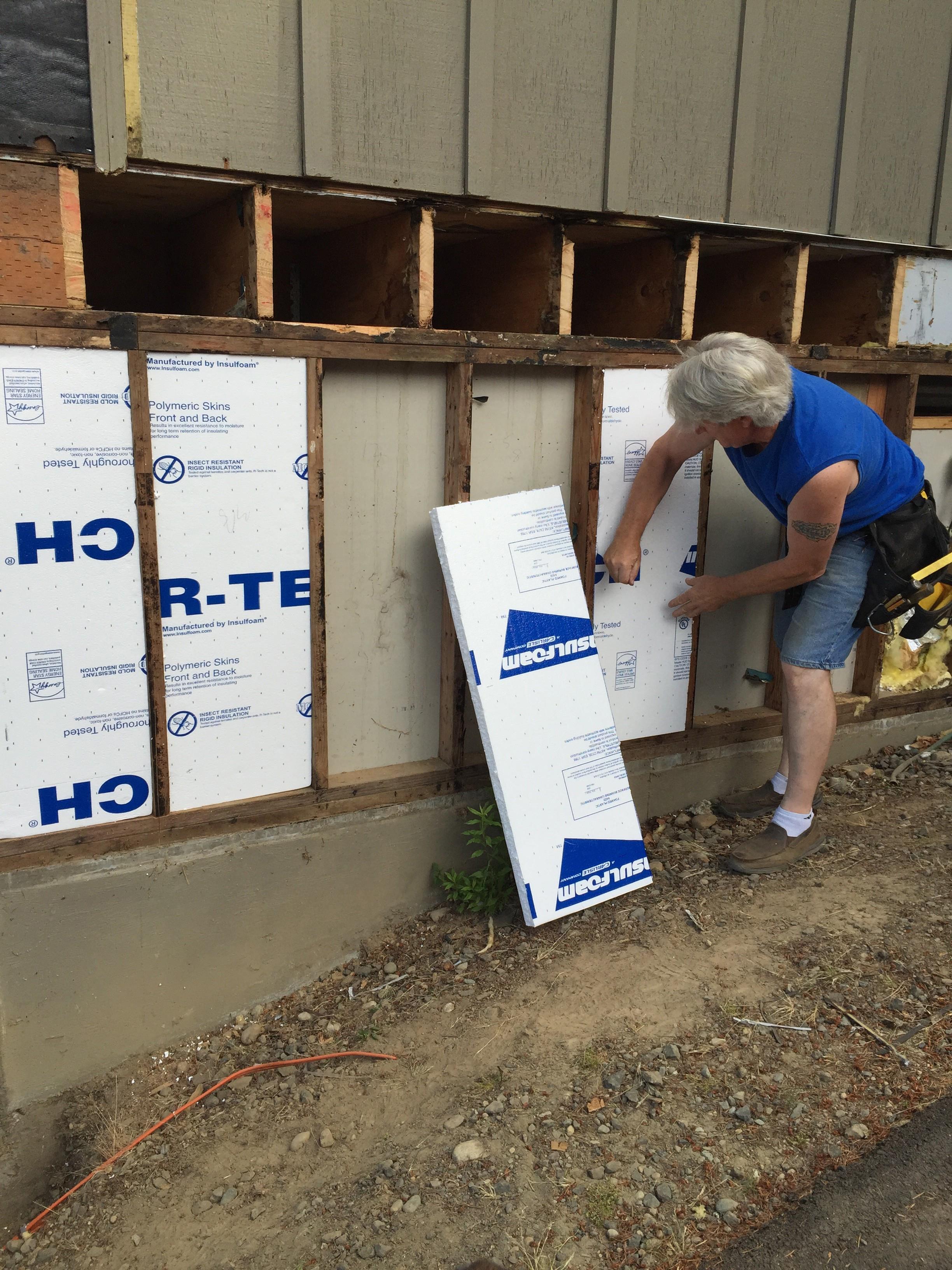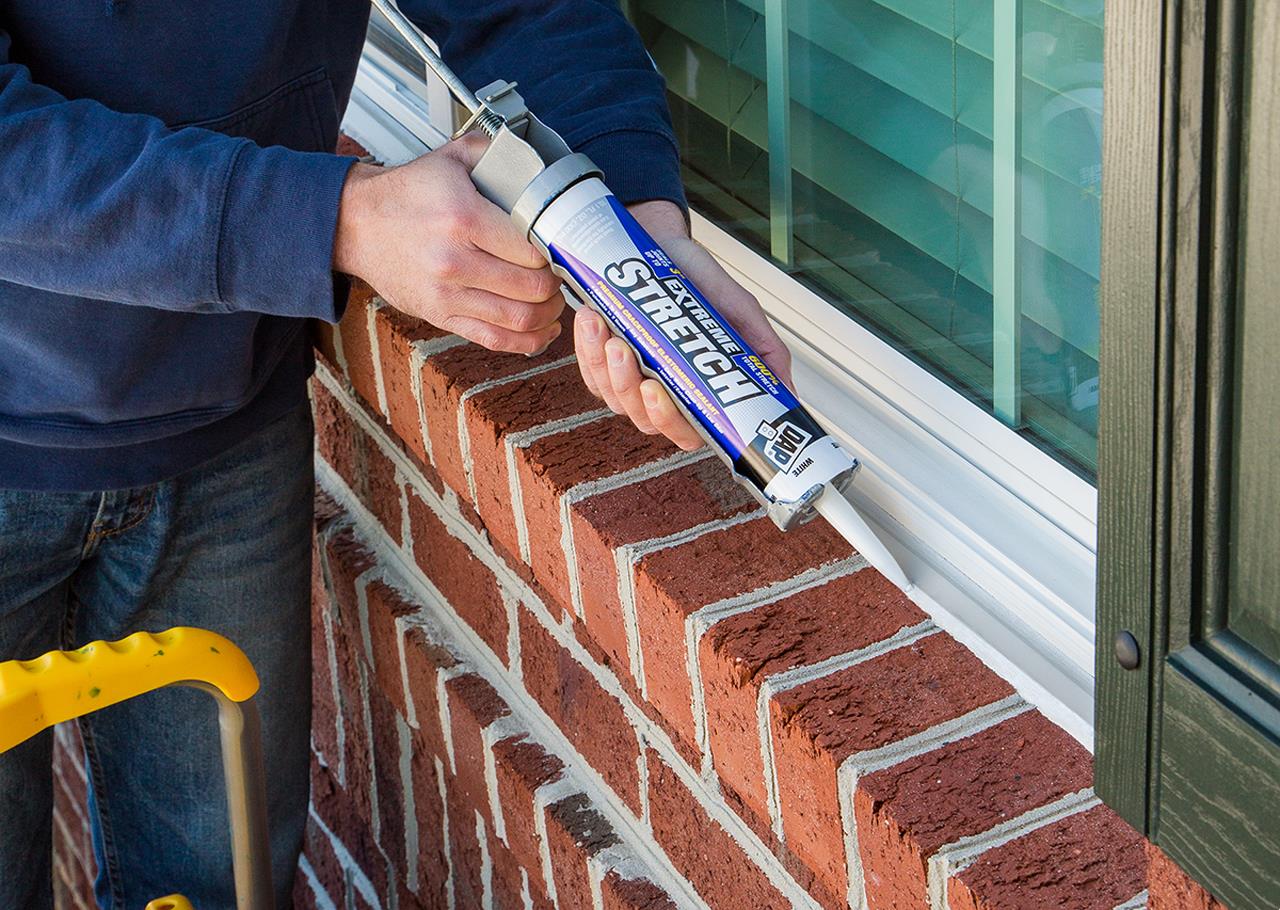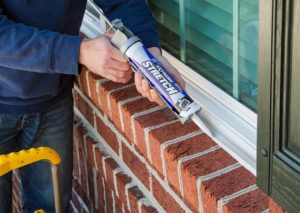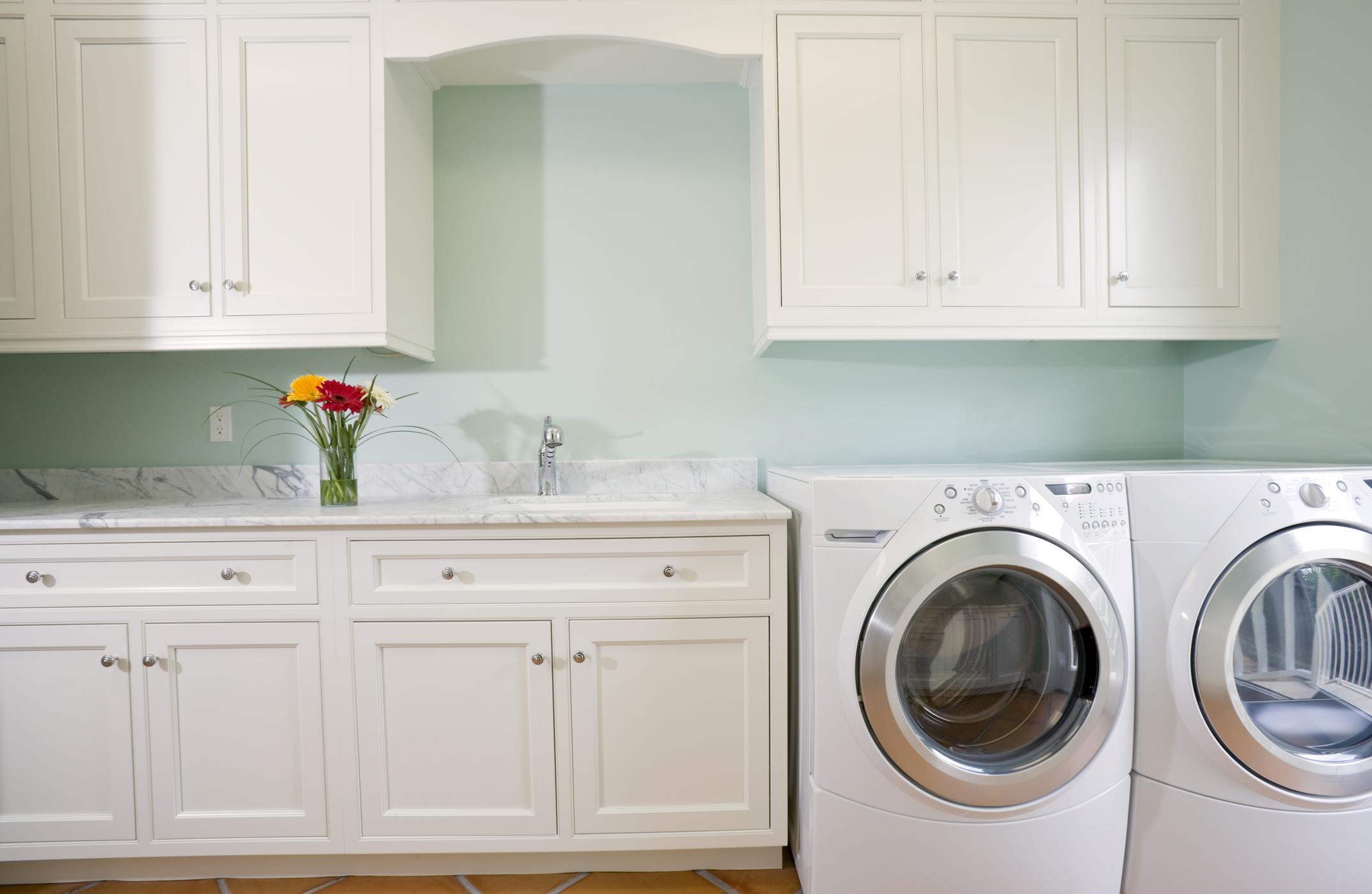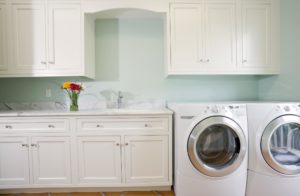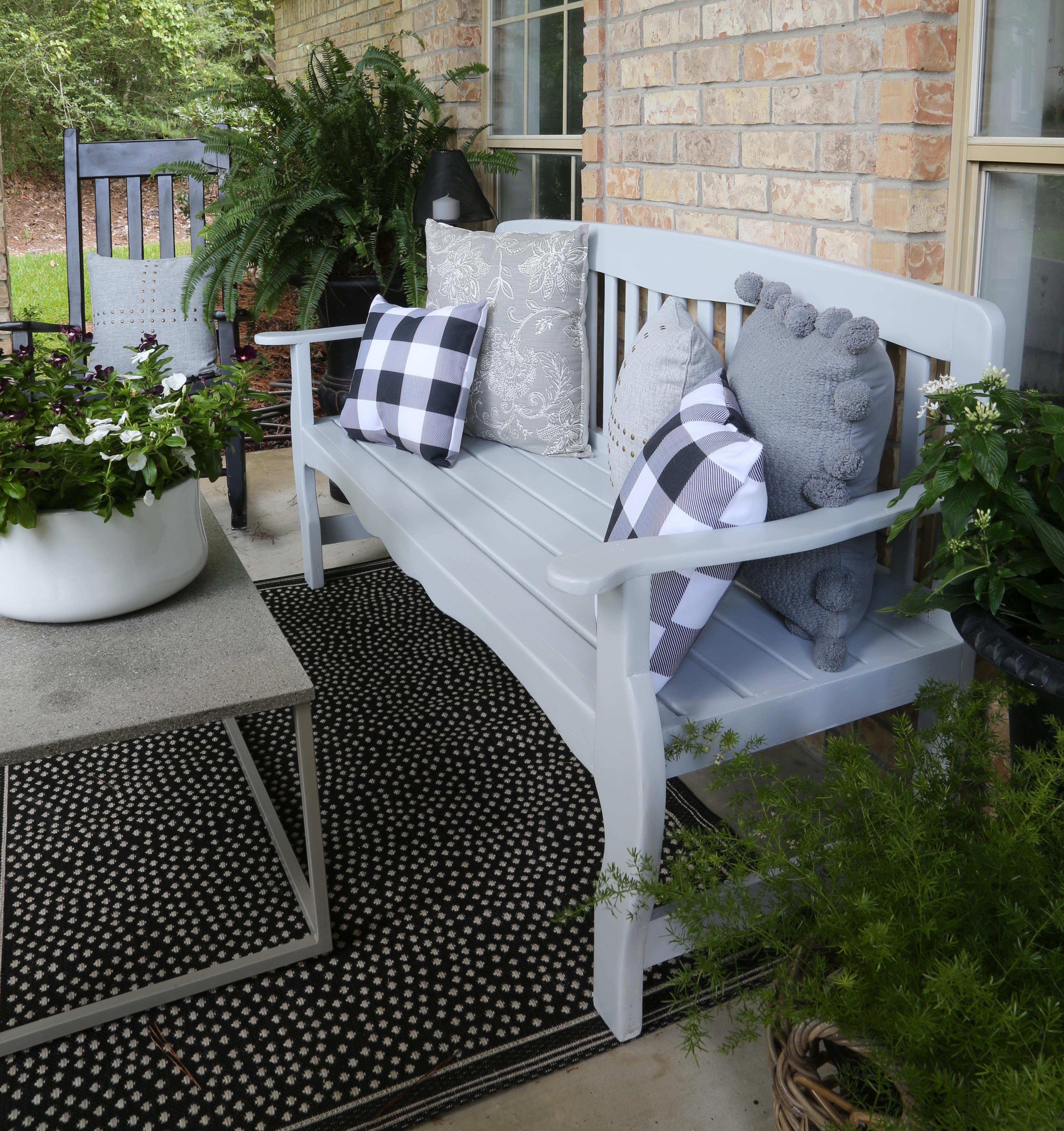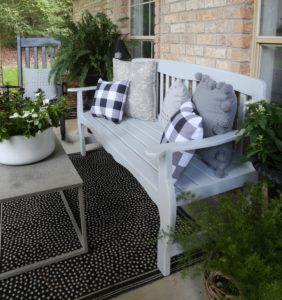 (BPT) – Nearly 42 percent of all New Year’s resolutions are broken by February, according to Statisticbrain. It’s easy to understand why – resolutions are difficult to keep all year long. Instead of risking disappointment in 2018, why not make a resolution that takes short-term effort but yields long-term benefits?
(BPT) – Nearly 42 percent of all New Year’s resolutions are broken by February, according to Statisticbrain. It’s easy to understand why – resolutions are difficult to keep all year long. Instead of risking disappointment in 2018, why not make a resolution that takes short-term effort but yields long-term benefits?
This year, resolve to make your home more environmentally friendly and energy efficient.
“The upgrades needed to make a house eco-friendlier can be accomplished in a relatively short amount of time and for a reasonable investment,” says Chris Garcia, an energy efficiency expert with Champion(R). “Instead of struggling to stick to a resolution month after month, resolving to reduce your home’s environmental impact is quickly achievable and satisfying. Plus, energy-efficient upgrades can help lower utility bills, and saving money is a great way to start the year!”
Garcia points to three areas of focus to help you keep your resolution to make your home better for the environment – and your wallet – this coming year:
Focus on the Furnace
Heating and cooling account for about half of a home’s total energy usage, according to the U.S. Department of Energy. Of course, where you live helps determine whether you use more energy to heat your home or to cool it, but the majority of homes in the U.S. have some form of heating, the U.S. Energy Information Administration reports.
“An old, faulty or wrong-sized furnace can significantly increase how much energy a home uses,” Garcia notes.
Start your new year by taking care of your furnace. Have a qualified professional inspect it if you didn’t do so at the start of the heating season. Check to be sure that all components of the heating ventilation and cooling system are working properly. Change air filters if you haven’t done so in a while, and set a reminder on your smartphone to change them throughout the year according to the furnace manufacturer’s guidelines.
If you need to replace an older, less efficient system, consider high-efficiency options like a Champion(R) Momentum(TM) gas furnace, which provides more heat for less money with a high 98 percent AFUE efficiency rating. The new system can reduce fuel costs nearly 38 percent compared to older models.
Eliminate Air Leaks
Temperature-controlled air can escape your home in multiple ways, including through air leaks in and around windows and doors, fireplaces, attics, basements and even garage doors. Air leaks can make HVAC systems work harder, use more energy and even shorten a system’s usable life.
Keeping cooled or heated air inside your home starts with sealing air leaks, which the Department of Energy says could yield yearly energy savings of 5 to 30 percent. Add or replace caulk and weather stripping around windows and doors, including garage doors. Check fireplaces, air ducts and points of entry such as water pipes, electrical lines and cable connections to ensure that no air leaks are occurring.
Add insulation in your home’s attic, basement or crawl space to help ensure your home stays warm in winter and cool in summer. Keep in mind often overlooked spots such as garages, especially if your home has a room over the garage space.
Rethink Lighting
Replacing old, less efficient incandescent light bulbs throughout the house with newer, energy-efficient options like CFLs and LEDs is one of the fastest, most cost-effective ways to reduce a home’s energy consumption and environmental impact. The Department of Energy says that these types of bulbs use 25 to 80 percent less electricity than incandescent bulbs to produce the same amount of illumination. They can also last three to 25 times longer than traditional light bulbs, so you’ll save money in the long run by purchasing fewer replacement bulbs.
You can also reduce energy consumption by relying on natural light whenever possible. Start by opening curtains and blinds to let in light during daytime hours in winter months. To further increase the amount of daylight in your home, consider installing a skylight.
“New Year’s resolutions are notoriously hard to sustain for an entire 12 months, but energy-efficient improvements to your home mean you can fulfill your resolution to be more environmentally friendly in the first months of the year,” Garcia says. “Your resolution can be accomplished and continue to benefit you and the environment long after other resolutions have been broken.”
To learn more about Champion(R) furnaces, visit www.championhomecomfort.com/ecofriendly.




